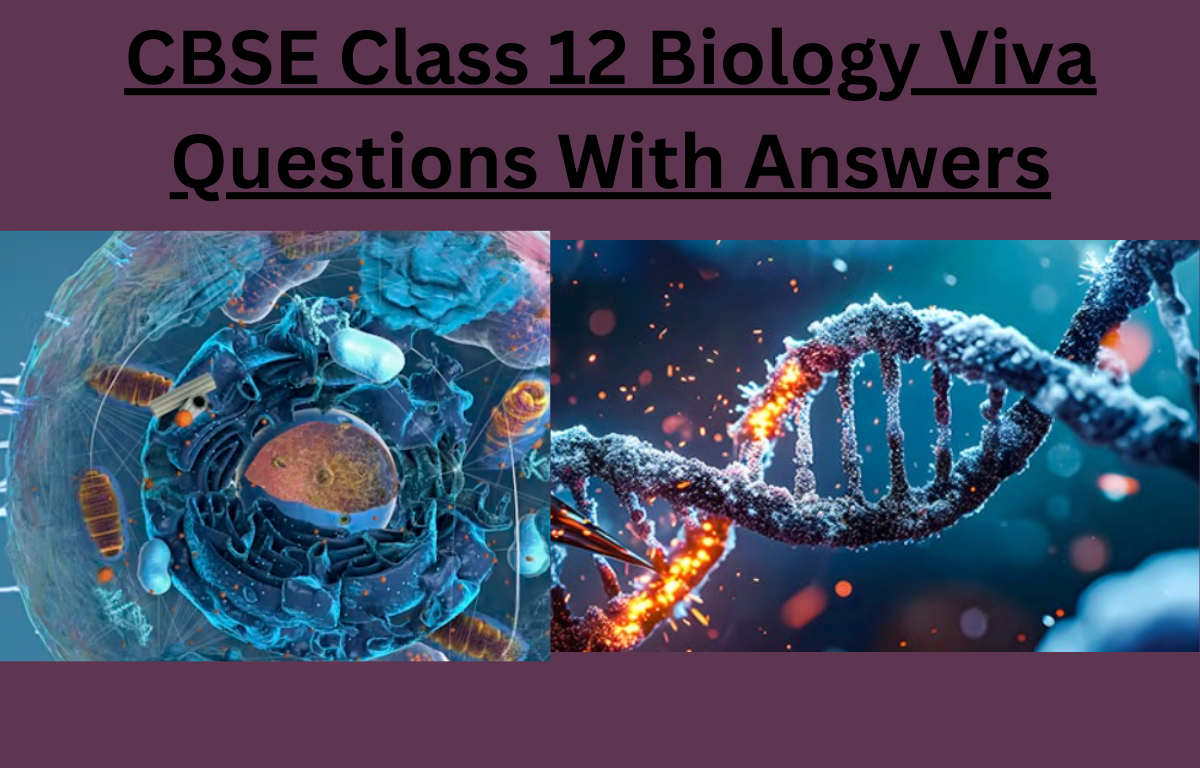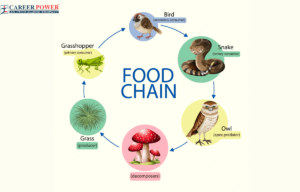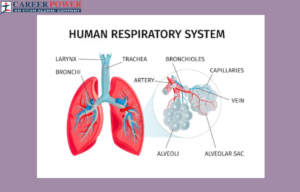Have you ever wondered what it takes to ace CBSE Class 12th Biology Viva? The viva exam can seem a little challenging and stressful for students, but with the right preparation, it becomes an opportunity to showcase a student’s understanding of the subject. Biology, with its fascinating concepts, requires both theoretical knowledge and practical skills. In this article, we’ll explore some easy tips to help students prepare effectively, making the viva an enjoyable and confident experience. Whether you’re discussing human anatomy or plant biology, a little practice can go a long way in impressing your examiners. Students can also check CBSE Class 12 Biology Practical Viva Questions With Answers in the article below.
CBSE Class 12 Biology Viva
The CBSE Class 12 Biology practical exams are held by the Central Board of Secondary Education, along with other subjects like Physics, Chemistry, and Computer Science. These practical exams are crucial as they contribute to the overall marks for the subject. The specific date for the Biology practical exam depends on the school’s schedule and the availability of examiners.
To know more details regarding the CBSE Class 12th practical exam dates students must visit the official website of the Central Board of Secondary Education. Schools try to complete the practical exams early to avoid delays. This helps students manage their time for other important exams like the second pre-board and the final board exams.
CBSE Class 12 Biology Viva Questions With Answers
Here are some questions that are commonly asked during the CBSE Class 12th Biology Viva. We have covered a few examples below that you might come across during your viva. These questions are meant to help you prepare better for the exam and understand what is expected of you. It’s important to go through them thoroughly, as they will give you a good idea of the kind of topics that will be tested in your practical exam.
Q1. What is photosynthesis?
Answer: Photosynthesis is the process by which green plants use sunlight, carbon dioxide, and water to produce glucose and oxygen.
Q2. What is the function of the mitochondria?
Answer: Mitochondria are the powerhouse of the cell, responsible for producing energy (ATP) through cellular respiration.
Q3. Explain the structure of DNA.
Answer: DNA is a double-stranded helix made up of nucleotides, each consisting of a phosphate group, a deoxyribose sugar, and nitrogenous bases (adenine, thymine, cytosine, guanine).
Q4. What is a gene?
Answer: A gene is a segment of DNA that codes for a specific protein or function in the body.
Q5. What are the different types of RNA?
Answer: There are three main types of RNA: mRNA (messenger RNA), tRNA (transfer RNA), and rRNA (ribosomal RNA).
Q6. What is the role of enzymes in biological reactions?
Answer: Enzymes act as catalysts to speed up biochemical reactions without being consumed in the process.
Q7. Explain Mendel’s Law of Segregation.
Answer: This law states that allele pairs separate during gamete formation, and each gamete carries only one allele for each gene.
Q8. What is the difference between mitosis and meiosis?
Answer: Mitosis is cell division that results in two identical daughter cells, while meiosis produces four non-identical gametes with half the chromosome number.
Q9. What is the role of the kidney in excretion?
Answer: The kidneys filter blood, remove waste products, and regulate water and salt balance to form urine.
Q10. What is the function of hemoglobin?
Answer: Hemoglobin is a protein in red blood cells that binds to oxygen and transports it throughout the body.
Q11. What is osmosis?
Answer: Osmosis is the movement of water molecules from a region of low solute concentration to a region of high solute concentration through a semi-permeable membrane.
Q12. Define biodiversity.
Answer: Biodiversity refers to the variety of life forms in an ecosystem, including species diversity, genetic diversity, and ecosystem diversity.
Q13. What is the function of the chloroplast?
Answer: Chloroplasts contain chlorophyll and are the site of photosynthesis in plant cells.
Q14. What is the difference between a prokaryotic and a eukaryotic cell?
Answer: Prokaryotic cells lack a nucleus and membrane-bound organelles, while eukaryotic cells have a nucleus and membrane-bound organelles.
Q15. What is natural selection?
Answer: Natural selection is the process by which organisms better adapted to their environment tend to survive and reproduce, passing on advantageous traits.
Q16. What is a virus?
Answer: A virus is a non-living infectious agent that requires a host cell to replicate and reproduce.
Q17. What are the different types of blood groups?
Answer: The four main blood groups are A, B, AB, and O, determined by the presence or absence of antigens on red blood cells.
Q18. What is the importance of nitrogen fixation?
Answer: Nitrogen fixation is the process by which nitrogen in the atmosphere is converted into forms usable by plants, ensuring proper growth and nutrition.
Q19. What is pollination?
Answer: Pollination is the process where pollen from the male part of a flower moves to the female part of the same or another flower. This helps plants produce seeds, leading to the growth of fruits, vegetables, and more plants.
Q20. What is the role of the endocrine system?
Answer: The endocrine system regulates body functions through the secretion of hormones that control processes like growth, metabolism, and reproduction.
Q21. Give a few examples of High Protein Foods.
Answer: Pumpkin seeds, Monkfish, Cod, Coconut, Eggs, Bananas.
Q22. Give the full form of DNA.
Answer: Deoxyribonucleic acid.
Q23. Why is meiosis known as reduction division?
Answer: Meiosis is also known as reduction division as following the first meiotic division the number of chromosomes in the cell becomes half.
Q24. What is the full form of RNA?
Answer: Ribonucleic acid.
Q25. Name 2 xerophytic plants.
Answer: Ephemeral Annuals and Succulent
Q26. What are Mendel’s laws of inheritance?
Answer: Mendel’s laws of inheritance include the law of segregation, the law of dominance, and the law of independent assortment.
Q27. Name 4 types of diseases.
Answer: Deficiency diseases, Infectious diseases, physiological diseases, hereditary diseases.
Q28. What is somatic cell division?
Answer: Somatic cell division is the type of cell division where the daughter cells produced are exactly similar to the parent cell. They have the same chromosomal number as the parent cell.
Q29. What is meant by mitosis?
Answer: It is a type of cell division that results in two daughter cells each having the same number and kind of chromosomes as the parent nucleus, typical of ordinary tissue growth.
Q30. Which type of soil is most favourable for the growth of plants?
Answer: Loamy soil is best for plant growth as it has a high water retention capacity thus it retains water for a long and also retains the nutrients that are required for plant growth.
Q31. What is a flower’s male part called?
Answer: Stamen



 50 Vegetables Name for Kids in English a...
50 Vegetables Name for Kids in English a...
 Food Chain: Definition, Types, Examples,...
Food Chain: Definition, Types, Examples,...
 Human Respiratory System: Definition, Di...
Human Respiratory System: Definition, Di...













